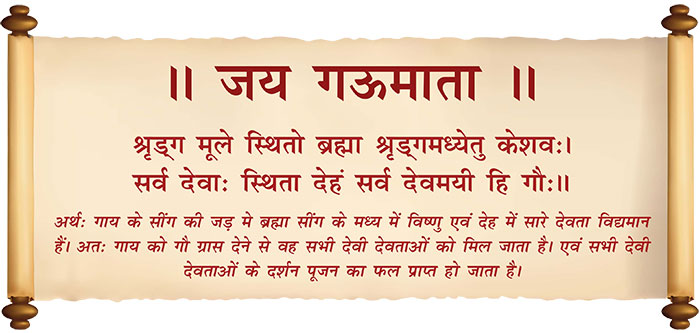- Gir cow weights 400 to 425 kg, whereas the bull weights 525 to 550 kg; and the new-born calf weighs generally 20 to 25 kg.
- The body color of the cow is ranging from yellowish red to dark red, along with red, white spots / patches, and brown spots / patches. Majority of the cows are red in color. Due to breeding of the Gir cows with those of the surrounding region, we find different colors of the Gir breed in various regions of the Saurastra; like cows surrounding the Junagadh area are light or dark red, the cows of the Rajkot and Surendranagar area are found to have white spots on red skin. Research proves that body color and milk production form a relation. Because of which different colored cows’ product different quantity of milk. Locally various cows are known as different names, like – Gadkadi, Kabari, Makadi, Bavadi, Gauri, Pingad, Suvarn Kapila, Liladi, Bagali, Telami, etc.
- Generally, Gir has length of 127 cm to 137 cm; height of 125 cm to 132 cm, and chest circumference of 166 cm.
- The head of a cow is generally plump, uplifted, and heavy. The brain and the pituitary gland are located below the part of the head. Pituitary gland secretes reproduction and bodily growth hormone.
- Ears is another special feature of this cow. The ears coming out adjacent to the root of the pendant hanging long and down. Gir cow’s ears are the longest in the whole of cow society, having length of about 30 cm. On the tip of the ear, there is a groove and the edges of the ear are curved at the inside. Some of the Gir cows have their ears spiral in curvature.
- The shape of the cow’s eye is like nuts and covered with an eyelid. The cows seem gentle and calm from the eye. The skin around the eye is very loose. Heavy head makes the eyes twinkle, this hence this breed seems lethargic.
- Cows have variety of horns in shape and size. They are slightly thick, behind the head and turns downward back side, and then turns slightly upside. Arc round horns are symbolic feature of this cow. Gir is the only breed whose horns comes out from below and backside of the head. Research proves that there is a relationship between the shape of the horns and milk production capacity.
- The shape, size and quality of the udder is the matter of importance for the best milk cow. The formation of the udder is to fill maximum milk and hang it at least below. Like every other cow, Gir cows also have four teats. The ring on the tip of the teats prevents the milk from dripping as well as entering the insects inside.
- The limp and loose skin of Gir cows are constrained from anywhere. The prostate gland below the skin causes sweating on the body. The formation of the skin protects the cow against the external insects and pests.
- Quiet, lovable, and gentle Gir cows can be easily controlled. Gir chooses to get pampered with love in the middle of the pockets, around the head, and in the middle of the pave. This can be easily experienced. Frequent pampering creates a confidence with shepherd. It’s believed that many people of the Maldhari community are believed to milk the cows without tying their feet.

